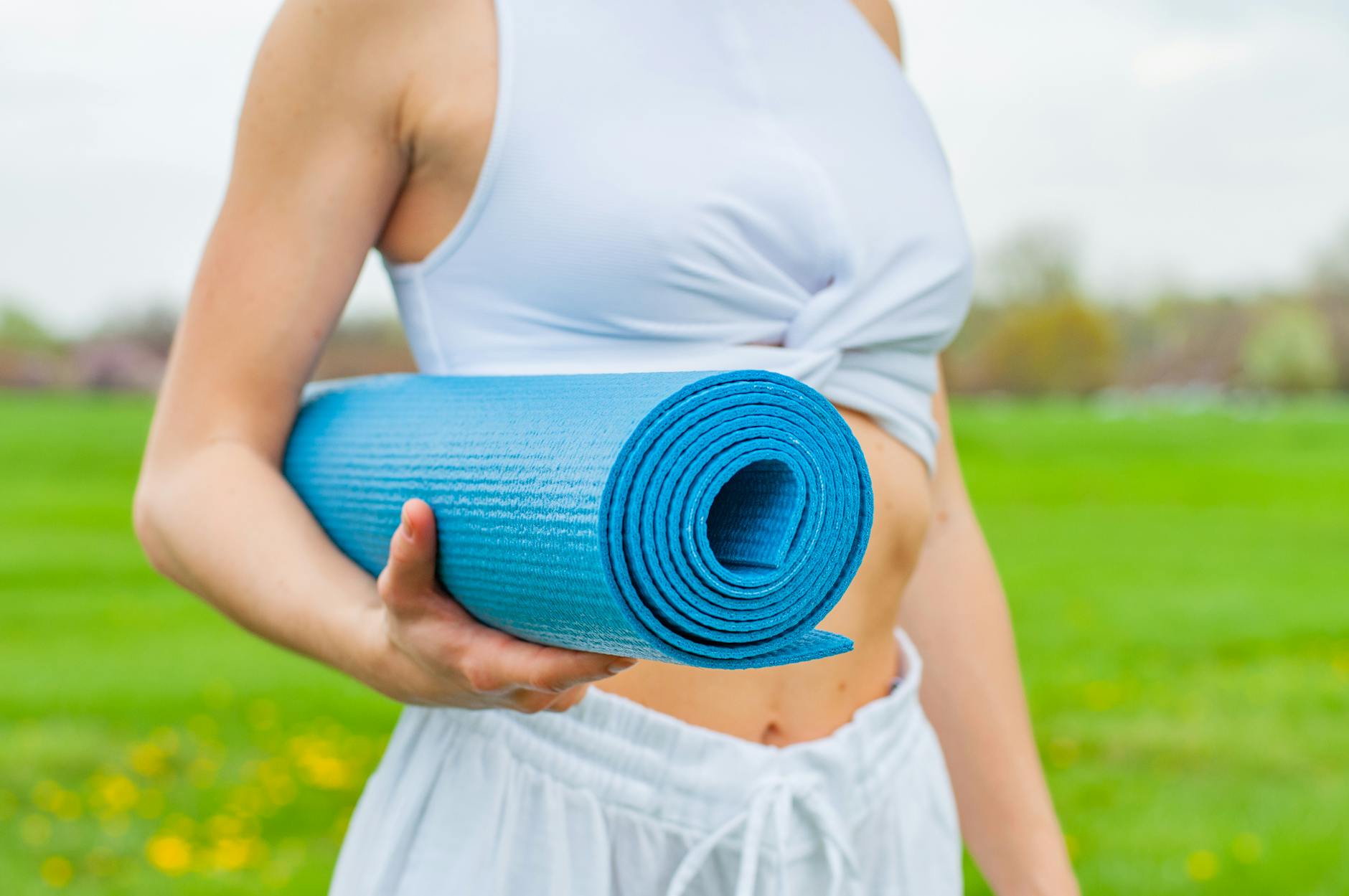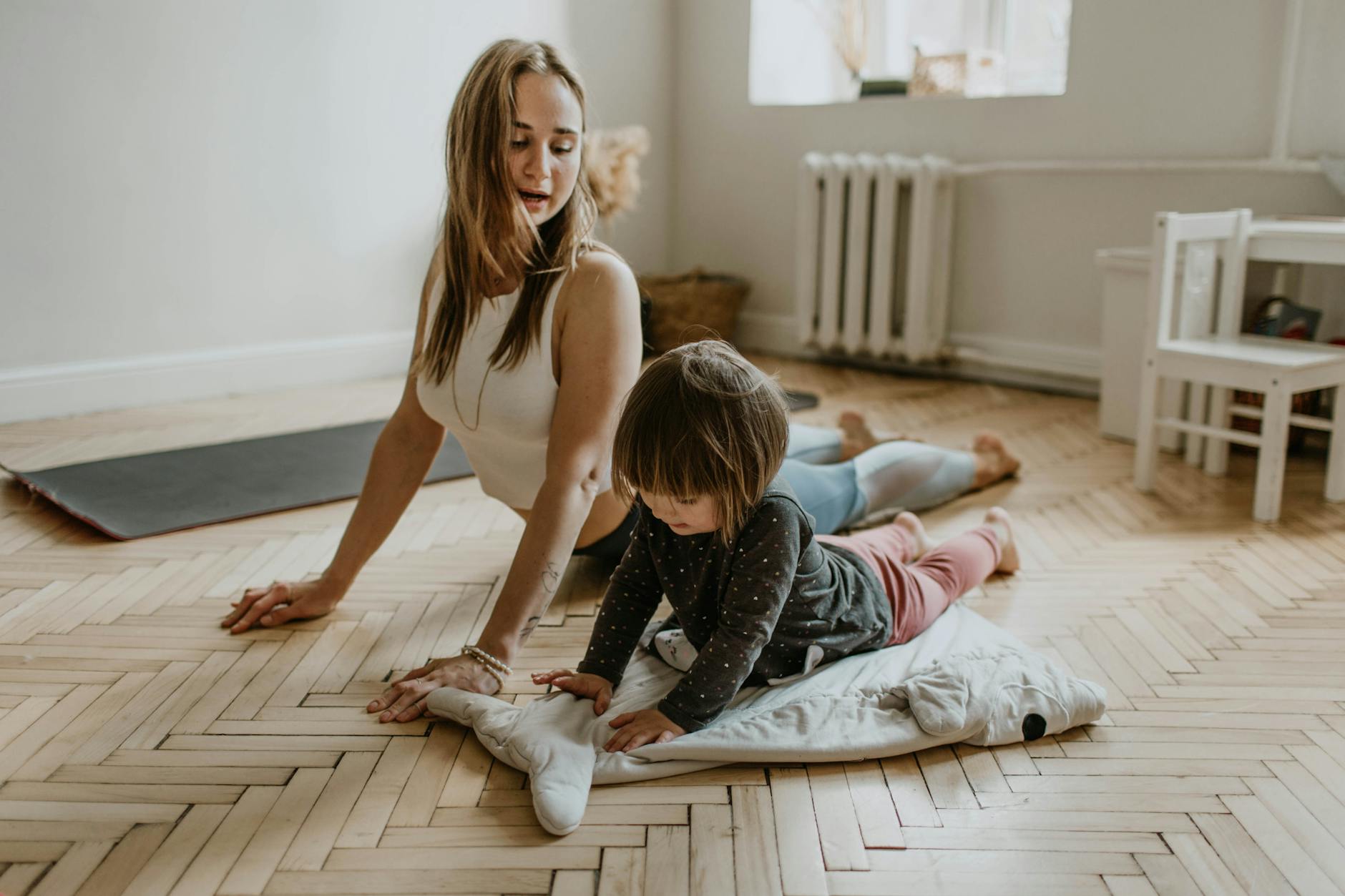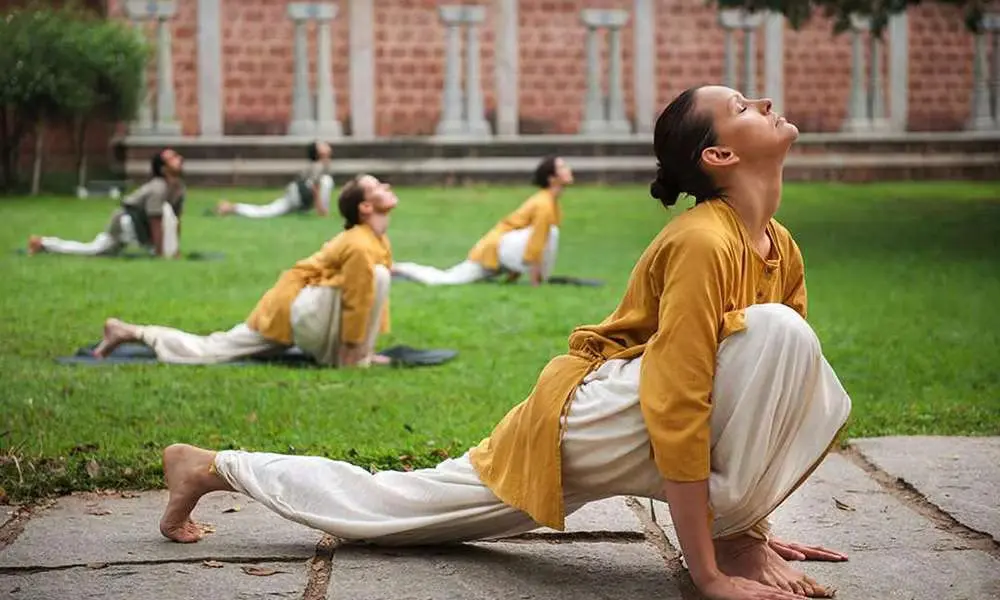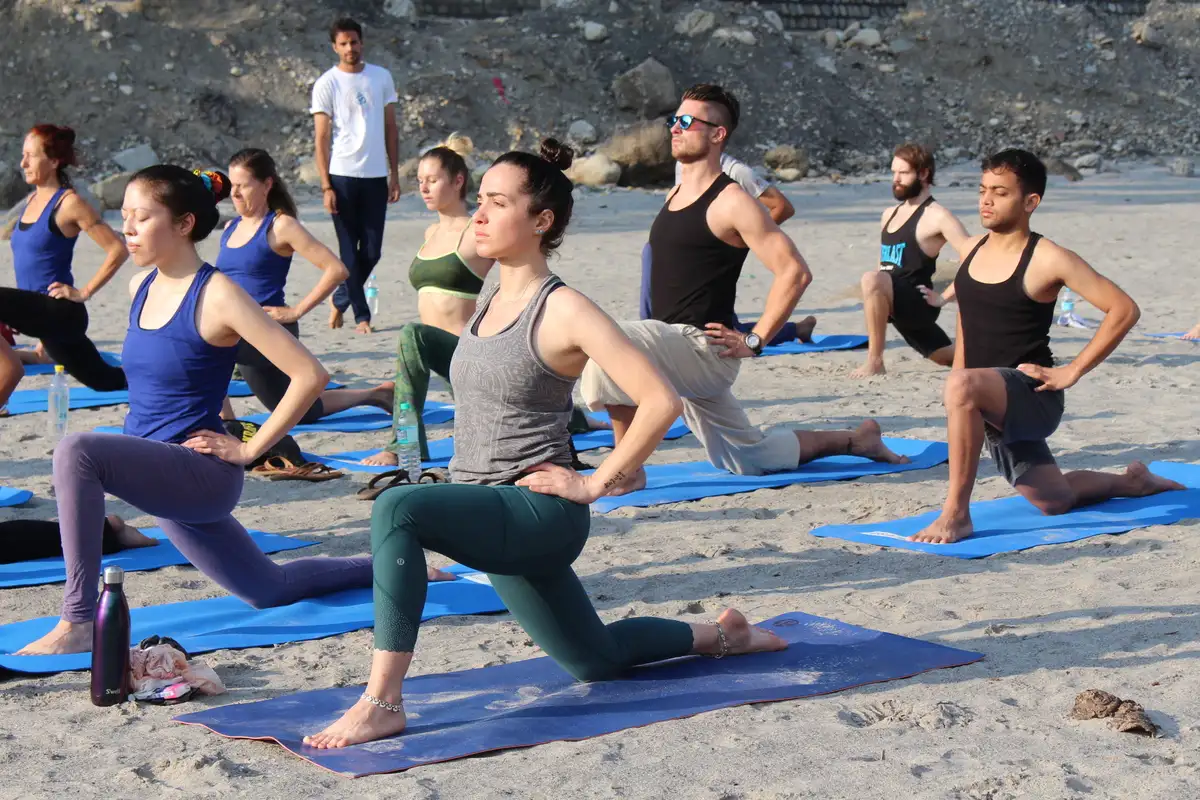Understanding the Chakrasana: The Wheel Pose
Wheel Pose: More Than Just a Yoga Stretch! Have you ever seen someone do a yoga pose where they bend backwards in a circle, like a wheel? That's called Chakrasana, or Wheel Pose! It's more than just a cool-looking stretch. This pose comes from ancient teachings and is known to have many benefits for your body and mind. It can help you feel stronger, more flexible, and even happier! Want to learn more about the amazing things Wheel Pose can do for you? Keep reading to discover its many health benefits!
What is Chakrasana: A Brief Overview
The term "Chakrasana" is derived from two Sanskrit words: "Chakra," which means wheel or circle, and "Asana," denoting a posture or pose. The posture of the body resembles a wheel when performing Chakrasana, hence it is called Chakrasana. It is also known as Urdhva Dhanurasana. Practicing this asana has many benefits. It tones and strengthens the body.
It is not easy for everyone to do it in the beginning. Gradually, with effort, it becomes easier to do. It also improves fertility. In ancient Indian traditions, this pose was designed to activate and balance the body's energy centers, known as chakras (7 Chakras).
Physical Mechanics of the ChakraasanaExecuting Chakrasana involves lying flat on the back, bending the knees, and placing the palms beside the head, fingers pointing towards the shoulders. By pushing off the ground, the body forms an arch, resembling a wheel, hence its name. This pose demands flexibility, strength, and balance, engaging various muscle groups, including the back, arms, and core.
Core Engagement:
Your core muscles, particularly the transverse abdominis, act as a corset, stabilizing your spine and pelvis.Engaging your core prevents excessive arching in the lower back and distributes weight evenly throughout your body.
Spinal Extension:
The primary movement in Chakrasana is extension of the thoracic and lumbar spine.Back muscles like the erector spinae lengthen and contract to lift your chest and head off the floor.
Remember, aim for a gentle curve, not an overly hyperextended spine.
Shoulder Stability:
Strong and stable shoulders are crucial to maintain proper alignment and prevent injury. Pressing your palms firmly into the ground engages your shoulders, protecting your rotator cuffs. Keep your shoulder blades pulled down and back, away from your ears.
Hip Flexion and Leg Extension:
Hip flexors like the iliopsoas muscles contract to lift your hips off the ground. Simultaneously, your quadriceps and hamstrings work together to extend your legs, pushing the floor away.
Weight Distribution:
Balanced weight distribution is key to maintaining stability in Chakrasana. Your weight is distributed evenly between your hands and feet, creating a strong foundation for the pose.
Avoid placing too much weight on your head or neck.
Flexibility Requirements:
Chakrasana demands flexibility in your spine, hamstrings, shoulders, and chest. Adequate flexibility allows for a deeper backbend and proper extension of limbs.
Tips for to Start Chakrasana:
Warm-up: Prepare your body with stretches targeting your spine, shoulders, and hamstrings.
Engage your core: Focus on drawing your navel towards your spine throughout the pose.
Press through your hands and feet: This creates a strong base and helps lift your body.
Maintain proper neck alignment: Keep your chin slightly tucked to avoid neck strain.
Modify for your body: Use props like yoga blocks for support if needed.
Warming Up Asanas for Chakrasana (Wheel Pose)
Chakrasana requires a good amount of flexibility and strength in your spine, shoulders, and hamstrings. A proper warm-up routine prepares your body for this deep backbend by increasing blood flow, loosening tight muscles, and improving your range of motion. Here are some excellent asanas to incorporate into your warm-up before attempting Chakrasana:
Cat-Cow Pose (Marjariasana-Bitilasana):
This dynamic movement gently warms up your spine and improves its flexibility. Inhale as you arch your back upwards (cow pose), and exhale as you round your spine inwards (cat pose). Repeat this movement for several cycles.
Thread the Needle Pose (Vajrasana with Parivrtta Marichyasana):
This pose stretches your shoulders and chest, which are crucial for Chakrasana. Sit in a kneeling position (Vajrasana) and twist your torso to one side, reaching your arm under your leg. Hold for a few breaths and repeat on the other side.
Downward-Facing Dog (Adho Mukha Svanasana):
Downward-Facing Dog lengthens your spine, hamstrings, and calves, preparing them for the demands of Chakrasana. Maintain a flat back and push your heels towards the floor. Keep Breathing Hold for several breaths.
Upward-Facing Dog (Urdhva Mukha Svanasana):
This pose opens your chest and strengthens your back muscles, both necessary for Chakrasana. Lie on your stomach and press your upper body off the floor, keeping your legs extended. Hold for some breaths.
Bridge Pose (Setu Bandhasana):
Bridge Pose strengthens your core and opens your chest, preparing you for the backbend in Chakrasana. Lie on your back with knees bent and feet flat on the floor. Lift your hips off the ground and hold for a few breaths.
Child's Pose (Balasana):
This resting pose allows your body to relax and integrate the benefits of the previous stretches. Sit back on your heels with your forehead resting on the floor. Hold for couple of breaths.
Health Benefits of Chakrasana
Incorporating Chakrasana into Your Routine
Beginner Modifications: For those new to Chakrasana, utilizing props like blocks or practicing against a wall can provide support and facilitate proper alignment.
Advanced Variations: As you get better at Chakrasana, you can try doing more exciting things! You can add flowing movements or even move into Chakrasana from other yoga poses. This makes your practice more fun and can also make the benefits of the pose even stronger.
Bonus reading
The Seven Chakras: Aligning Energy Centers
Understanding Benefit of Chakrasana necessitates delving into the concept of the seven chakras:






